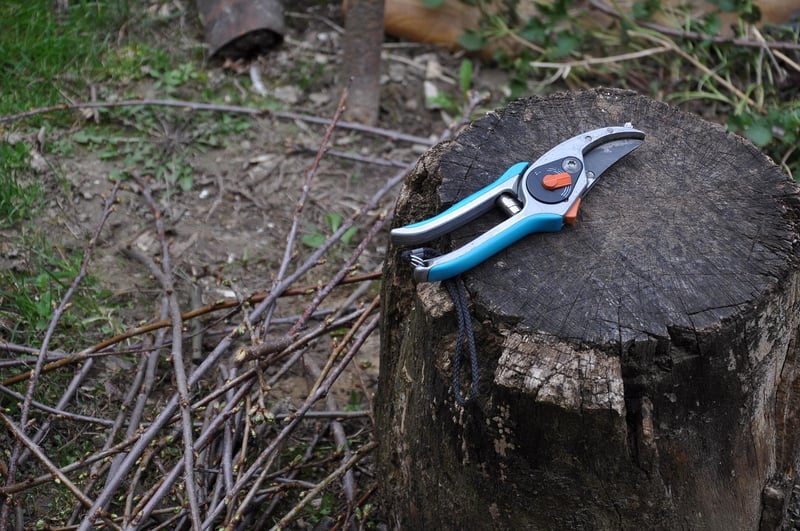Pruning Techniques
Keep Your Garden Thriving with Proper Pruning Techniques

Having a beautiful and healthy garden requires more than just planting the right flowers and shrubs. Regular maintenance, including proper pruning, is essential to keep your garden thriving throughout the year. Pruning not only enhances the aesthetic appeal of your plants but also promotes their growth and overall health.
Why Pruning is Important
Pruning is a crucial gardening practice that involves selectively removing certain parts of a plant, such as branches, buds, or roots. By pruning your plants correctly, you can achieve the following benefits:
- Promote plant growth and development
- Improve air circulation and sunlight penetration
- Prevent disease and pest infestations
- Enhance the overall appearance of your garden
Basic Pruning Techniques
Here are some essential pruning techniques to help you maintain a healthy garden:
- Deadheading: Removing spent flowers to encourage new growth and prolong blooming.
- Thinning: Removing select branches to improve air circulation and reduce overcrowding.
- Heading Back: Cutting back the tips of branches to promote bushier growth.
- Rejuvenation Pruning: Drastically cutting back overgrown plants to stimulate new growth.
Tips for Effective Pruning
Follow these tips to ensure you prune your plants effectively:
- Use sharp, clean pruning tools to make precise cuts and prevent the spread of diseases.
- Prune during the appropriate time of year for each plant species to avoid damaging them.
- Remove any dead, diseased, or damaged branches to promote plant health.
- Step back occasionally to assess your progress and ensure you are achieving your desired shape and size for the plant.
By incorporating proper pruning techniques into your gardening routine, you can create a vibrant and flourishing garden that will be the envy of your neighbors.
Remember, each plant species may have specific pruning requirements, so it's essential to research the best practices for your particular plants. Happy pruning!
